Rasam – A Few Tasty & Interesting Facts
In the monsoon season when chilled nature mercilessly rains heavily, have you ever tasted a hot cup of rasam with crushed pepper seeds and garlic added? A pinch of asafoetida powder, a little cold butter and a few coriander leaves on the top, a traditional rasam serves the best the rainy season can ever give you. Aping western culture with a cup of tomato soup with corn flour and ajinomoto added, many have already forgotten the medicinal values of hot rasam.

Our nostalgic childhood rainy days used to be associated with rasam, when you get cold and your mother will give you broken rice Kanji, pappad fried in charcoal with rasam or simply rasam with crushed pepper & garlic added. It used to be quick remedy to cold, fever and related ailments. Though fever is associated in loss of appetite, such a traditional ‘feast’ brings back that lost hunger and you can’t resist yourself before Kanji. When it’s served by mother who sits near you, your cold, fever and tiredness will be washed away. Isn’t it?
Among 6 tastes (Shad rasam), rasam holds five of them – sour, chilli, sweet, salty and bitter tastes. Yet none of them claims to be an extra ordinary taste; all these tastes are included in rasam. It serves as a drink as well as curry at the same time. A kitchen-friendly dish, it doesn’t require so much preparations to prepare a rasam. Almost all its ingredients are present in every kitchen – tomatoes, coriander leaves, tamarind, turmeric powder, asafoetida, fenugreek, pepper, garlic etc. A simple and humble curry, it appears clear when taken in a bowl. But it definitely owns many distinct qualities.
Mulaku Kashayam – Instant remedy to cold
Yes, since early days, rasam served as an instant remedy to cold and related diseases that monsoon brings, definitely a kitchen remedy. It’s similar to Mulaku Kashayam prepared by grandmas. Here is the recipe. Take 2 or 3 red chillies, a few shallots and fry them. Then it’s grinded well or powdered. Add crushed black pepper and tamarind juice to it, and everything is boiled well in an earthen pot. Before you serve Mulak Kashayam, add a little basil leaves and palm jaggery powder (karipetti). Garlic and asafoetida can also be added to make it rich. Chilli flavour will be added extra to get better results.
Rasam is a healthy dish with medicinal values

Rasam also known as South Indian soup is addressed as ‘Maamsa Rasam’ in Ayurveda. While serving a traditional Kerala sadya, it’s one of the last curries served. But in a few communities, their sadya start by drinking rasam. A mixture of asafoetida, tamarind and crushed pepper & garlic, rasam is a good digestive agent and purifies stomach easily. That’s one of the reasons why rasam is compulsorily served in sadyas as one of the last dishes.
Rasam also improves defense mechanism of human body. That’s the reason why rasam is best for monsoon season. It’s a medicine to fever as well. Turmeric has the power to destroy germs, and pepper can reduce body temperature. Tamarind is rich in iron content. When all these ingredients are combined together to prepare a curry, why can’t it be tagged as a healthy dish?
Rasam is the best combo for rice if served hot, and white rice is better than brown rice. You can choose ponni, matta or pachari. Add a pappadam or appalam along with it. Not only for rainy season, but during hot summers too rasam can be served. While rasam is served hot during rainy season, it’s served cold during summers. Also ghee or butter is not added during hot seasons.
There is one bachelors’ recipe of rasam. It’s an easy dish for those who can’t spare too much time for cooking after a long working day. Is it needed to heat rice and rasam separately? Mix together in a pan or bowl and heat it for reuse. Add some pickles or kondattom sent by your mom. You can also make mixture with good chillies as an alternative for pickles, if you don’t have it in your stock.
Other alternatives to use rasam

If you think that rasam is reserved only for rice, you are totally wrong. You can also serve it with white idli. A few people have a habit to drink a glass of rasam soon after a heavy biryani meal. Rasam can be served by those who are in dieting too. When a table spoon sambar has 35 calories, rasam in the same amount has only 10 calories.
If you go to Thiruvananthapuram side, there is one curry called rasavada served with idlis. Parippu vada will be put in rasam, and served as curry for idlis in many restaurants, homes and functions too.
How rasam became a part of Kerala cuisine?

In Kerala’s traditional food, it has 4 curries and Inchi Thairu served along with rice. Then when did rasam joined traditional Kerala sadya? It’s only in the recent times, this guest dish entered Kerala kitchen. Kunjan Nambiar has described a lot about traditional dishes in his Thullal works. But nowhere in his writings, he has specified about rasam.
It’s widely believed that rasam reached Kerala, most probably in the late 18th century or early 19th century. As per history, Sambar and rasam reached Kerala almost at the same time through Tamil Brahmins who settled in Kerala. Rasam used to be a very common dish of Tamil Brahmins who settled in Kerala a couple of centuries ago. Tamil Brahmins who reached Thiruvananthapuram from Tirunelveli and to Palakkad from Thanjavur played a significant role in popularizing this dish among Malayalam talking people. They also prepared a wide range of rasams too.
When rasam reached Kerala, pepper was not included in its recipe. Kerala has accepted so many dishes and made them their own adding their own local flavours. Pepper is the main ingredient of Kurumulak Kashaayam. That’s how Kerala’s own pepper got added to rasam recipe, many believe so.
Sambar was not accepted by many Kerala homes earlier. Though Sambar gained popularity across Kerala, it was taboo to many Namboodiri homes. But it was not the case of rasam. May be due to its medicinal values, rasam was widely accepted across the region. Slowly rasam got added to traditional Kerala sadya too. Also read: Medicinal values of pepper.
A few disciplines and rules to prepare rasam

There are a few disciplines to be followed while preparing rasam. Rasam should be prepared only in stainless, kadai or earthen vessels. For the acidic nature, aluminum, brass and bronze vessels should be avoided. If you don’t like the taste of tamarind, you can substitute it with pot tamarind (kudam puli). If you use pineapple for rasam, use only sugar, never jaggery to get extra taste and flavour.
Experts say if you want to get exact taste of taste, toor daal should be used for the preparation. Taste also improves. But you can’t preserve it for more than a day if placed outside refrigerator. You can also substitute sambar daal with green peas daal or Bengal gram daal. If you don’t have sufficient time to cook daal, powder it and add.
There are certain rules for serving rasam as well. While you stir well before serving normal curries, rasam is served similar to a clear soup. All its ingredients settle in the bottom, and only its extract is heated and served. If you use ghee instead of coconut oil for seasoning, your rasam tastes better. Also put a pinch of turmeric powder in oil while seasoning.
Rasam has another name – Chaaru. Chaaru sadya is served among Palakkad Brahmins as a part of death rituals and it is served for 16 days. As Chaaru represents death, some families don’t include rasam for birthday sadyas. But for Bali day, they never exclude rasam. In Telugu language, rasam is called which means “essence”, while in Kannada, it’s Saaru.
Rasam is one among the six curries used in a Kerala sadya. It can be used thick or like a clear soup. As time passed by, rasam has also witnessed a few changes. Similar to pepper, coriander leaves and tomato became a part of such changes in rasam recipe. If lemon juice is added, it turns Elumicham Pazham Rasam. If tomatoes are added, it become tomato rasam. You can make different varieties of rasams adding hibiscus flower, beet root, ilumban puli (bilimbi), tamarind leaves etc. If big sized sambar chillies (quite popular in Thiruvananthapuram) are added, it becomes Mulak rasam. Taste and ingredients of rasam may vary from north Malabar to southern tip.
Easy Rasam
To make instant rasam, you can prepare rasam powder. Take 10-12 red chillies, 1 cup coriander, 1/2 cup Toor daal, 1/2 cup bengal gram daal, pepper 2 big spoons and cumin seeds 1/2 big spoon. Fry these ingredients together in low flame (without adding oil) and once cooled, powder it and preserve. It’s the rasakoott of tomato rasam. If you make a fine powder of 1/2 small spoon fenugreek seeds, 1 small spoon of bengal daal gram and mustard each and a little asafoetida, rasakoott of Paripp rasam is ready. Rasam powder should be preserved in air-tight containers.
An interesting fact before I conclude. For tribals, rasam is a non-vegetarian curry. They use crabs and small chicks to prepare rasam, instead of using vegetables.

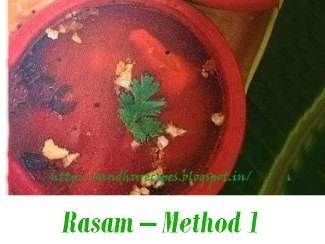
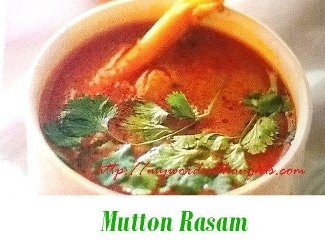


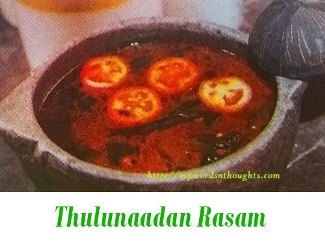









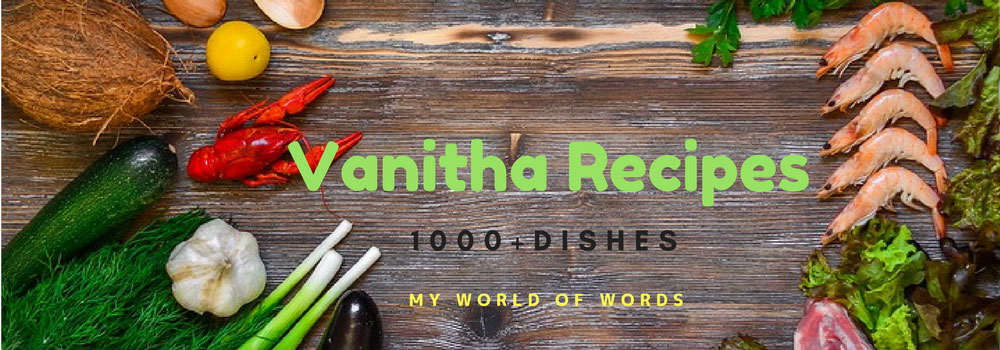
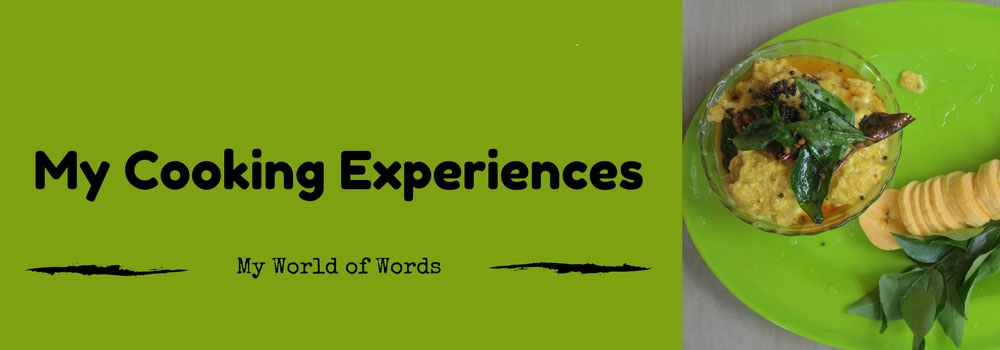




Recent Comments